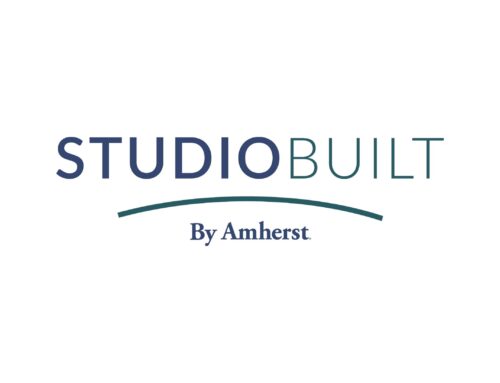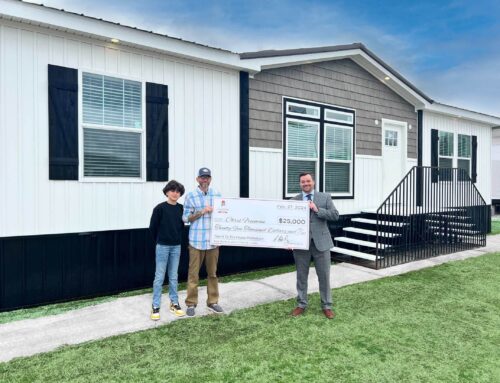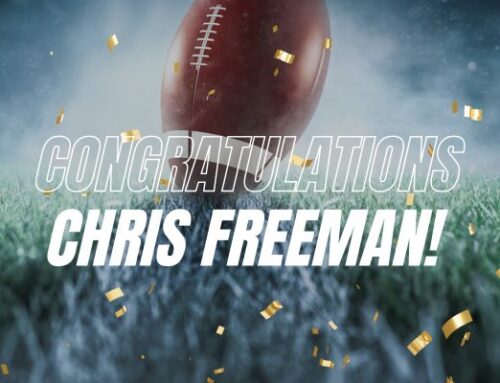
Manufactured Housing Energy Standards
In 2007, the U.S. Department of Energy established the Energy Independence and Security Act to establish energy conservation standards for manufactured housing. The bill specifically put into action the task of developing regulations in accordance with the Department of Housing and Urban Development that are based on the International Energy Conservation Code.
The purpose of such acts was (and still is) to facilitate energy efficiency standards, enhance the quality of manufactured home living and operating, and to allow interested parties (such as homeowners, manufactures, etc.) to provide and receive suggestions, comments, and information.
Backtracking a bit, in 1976, the National Manufactured Housing Construction and Safety Standards Act went into law, mandating that manufactured homes be built to stricter building standards (more on that later).
The HUD Code, as it’s called, regulates “home design and construction, strength and durability, fire resistance, and energy efficiency.” The Code was revised in the 1990s to increase energy efficiency and ventilation standards, as well as improving wind-resistance standards for areas that are prone to hurricane-force winds.
Today, no manufactured home can ship from the factory unless it is in line with the HUD Code and carries a certification label.
Still, not everyone is educated on the EISA or HUD Code and their energy standards. Following, we break them down. More information can be found on the Laws and Regulations page of the Alabama Manufactured Housing Association website.
Then & Now
In the past, some manufactured home owners faced higher electric and gas bills than their neighbors living in site-built homes. But with changes in technology and the manufacturing and installation processes, the energy-efficiency of manufactured homes has changed. Are manufactured homes today energy efficient? The short answer is yes.
Energy Efficiency Improvements
Through adapting better and well-recognized energy efficient standards, the manufactured housing industry can now produce homes that are comfortable and affordable. Some standards established in the EISA and HUD Code include:
- Higher levels of insulation added in the floors and ceilings
- Increased caulking and insulation around ductwork, outlets, lighting, and other openings
- Higher-quality insulation added to all exterior walls
- Addition of insulated skirting and a belly wrap
- Adding modern, on-demand water heaters
- Replacing older-style windows and doors with modern, energy-efficient versions
- Installing “smart thermostats” that prevent wasting energy when you are not home
Overall, by increasing insulation requirements for manufactured homes, the result was higher energy-efficiency and less waste from heating and cooling units.
Today’s manufactured homes are now on par with traditional, site-built homes, in terms of quality as well as energy efficiency. What has been impacted most, and for the better, is the purchase price of manufactured housing, total lifecycle construction and operating costs, factory design, and construction techniques unique to manufactured housing.
Retailers across Alabama – and across the globe, for that matter – have adopted higher energy efficiency standards and put them into practice with each new home. Today, the differences in energy efficiency standards of manufactured and traditional-built homes are all but indistinguishable. Want to learn more? Visit the AMHA website and get in touch with our community today.






